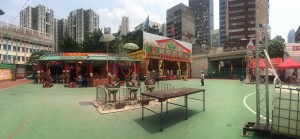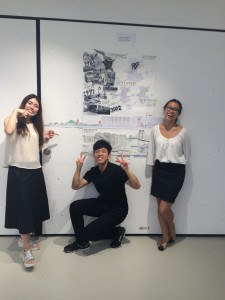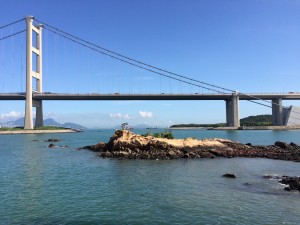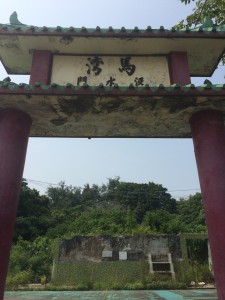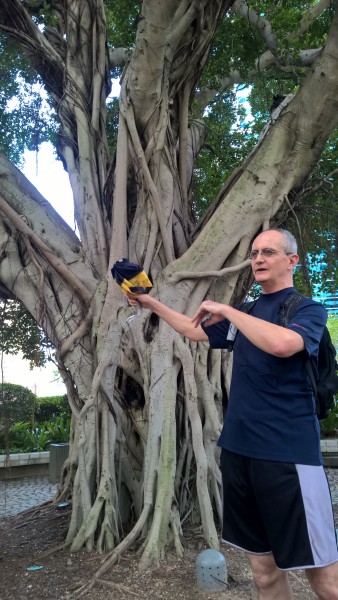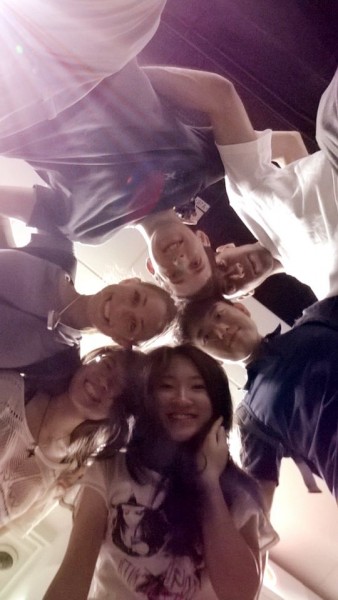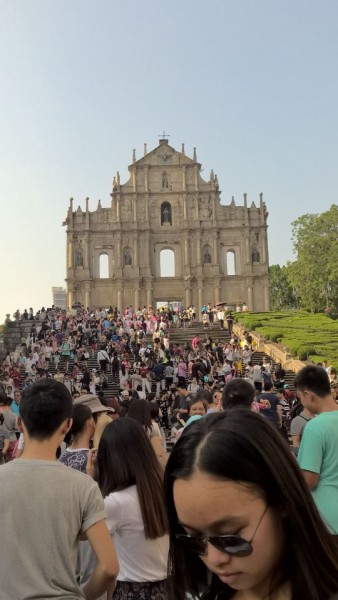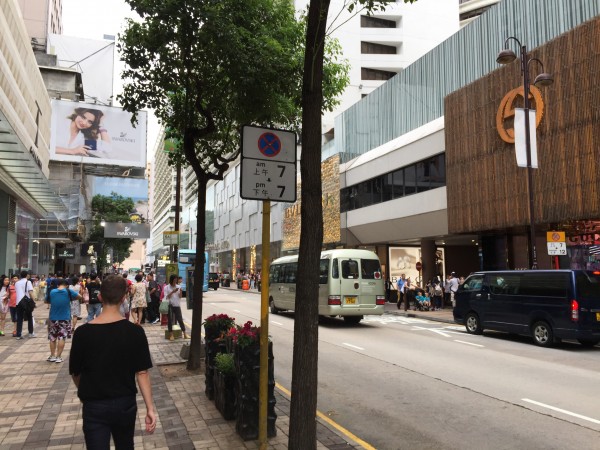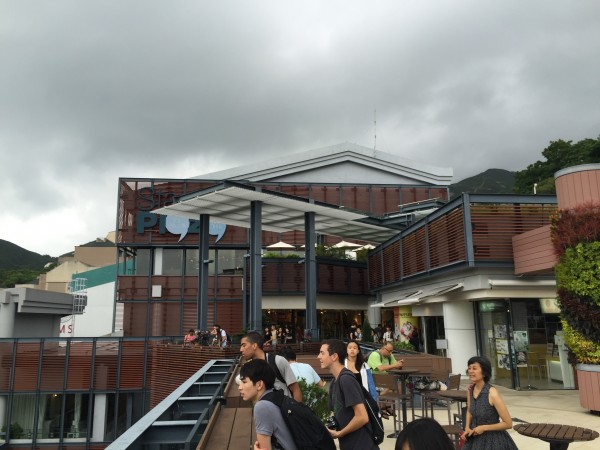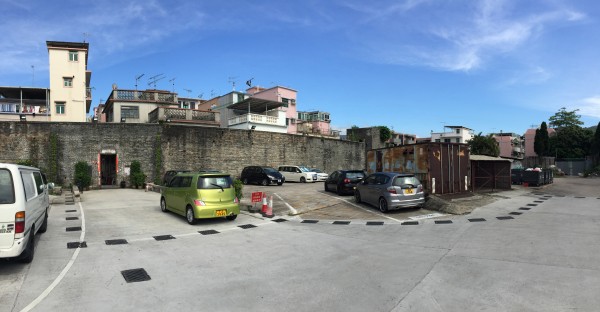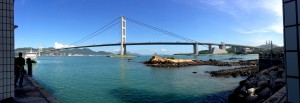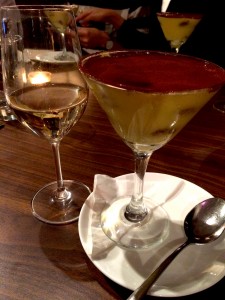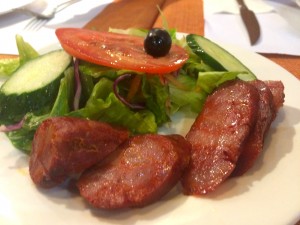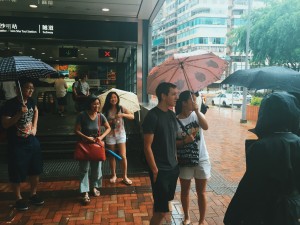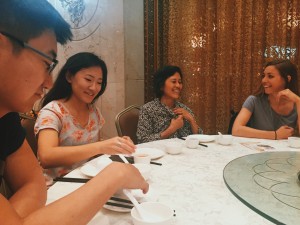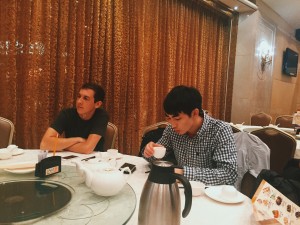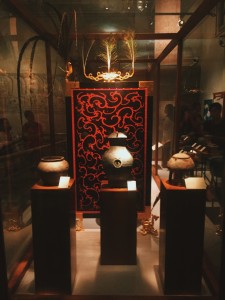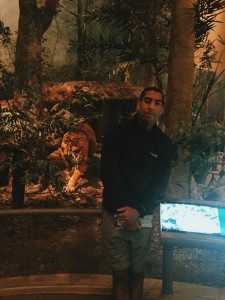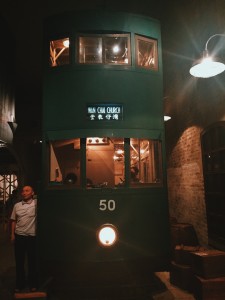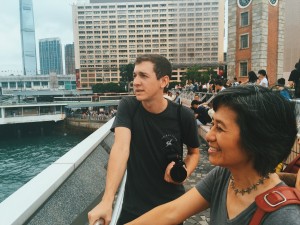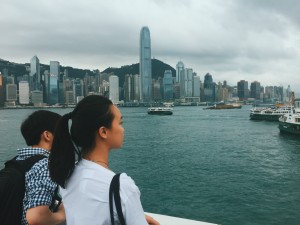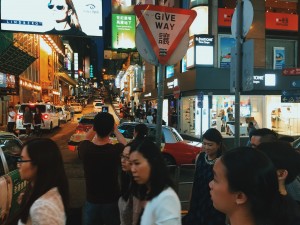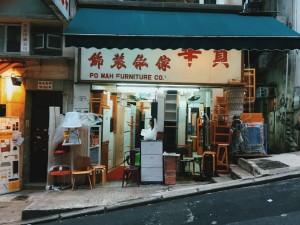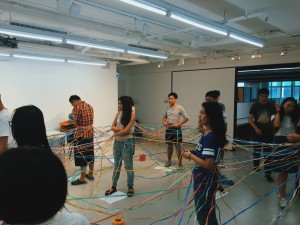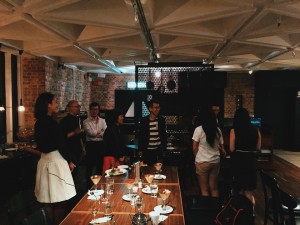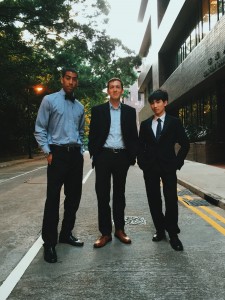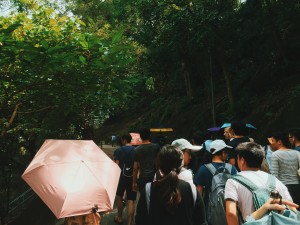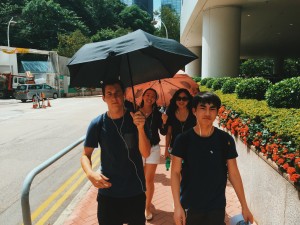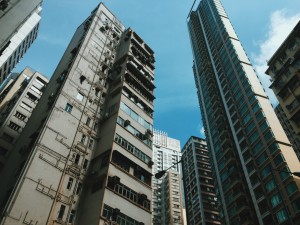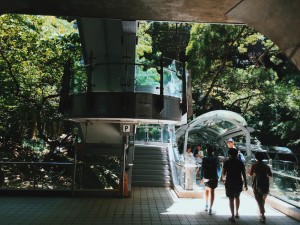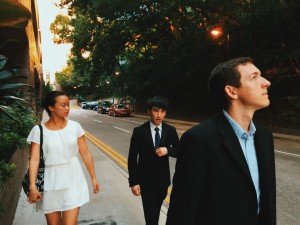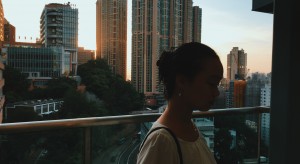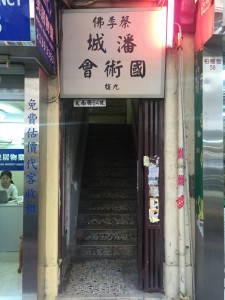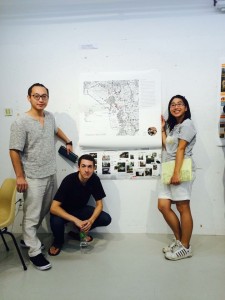This I’m so glad and very appreciate that all three group members in our group shows respect to others’ work and are willing to try new things out. Our genius Jack borrowed a Phantom that added a fresh angle of view in our video,which though turns out not very useful for shooting in our site due to the frequent strong crossing wind; Yuyu learnt how to use after effect while making video; I explored more function of imovie and found out that photoshop can also make movie while watching others working. We planed several major questions and how to approach our interviewees before we went to the site, luckily people in Yat Tung Estate are very friendly, some of them even “allured” us to interview them.
I have never really get to know about low-incoming housing before, the biggest difference of this type of community than others is that outdoor public space becomes a big part of residences’ daily life because their own houses or rooms are relatively smaller. Elderly and children spend a lot time chatting with others in the community park and playground. Most people cares about public services like public transportation and medical services. But usually at early stage of this kind of development, those services are not fully established, which makes it very inconvenient to live there. But with the complement of later construction, Yat Tung Estate becomes a very ideal living neighborhood.
Two Pakistan kids living in Yat Tung Estate
It is quite different presentation experience than before to use video comparing using regular board or slides. Personally I find narrative is very useful to engage audience to follow the idea along with the image or footage related to the topic. But unlike normal final or midterm reviews, there is no communication between reviewers and us during the video, which means we have to ensure our story flows fluently and logic is presented clearly. Thus a general plan in advance is very significant for a team, which requires efficient communication for decision making processes.

Like what Nancy called me – the polar bear in our group, to me the most challenging thing in this trip is definitely keeping myself staying cool.Besides that, being productive and keep up with the intense pace everyday requires big comprise, which again I appreciate everyone’s contribution to our group project. After these two weeks, especially after meeting our alumni, Hong Kong can broad our horizon and I would like to work in Hong Kong in my early career. It was so great to see how UO graduates have been involved in so many amazing projects after their graduation, which motivated me to be more confidence about my future career. And we observed different varieties of potential positions that we can consider to apply in the future.
I really wish this program can last longer, it seems everyone no matter us UO students or HKU students all wish we can spend more time both on working on our project and exploring this terrific city. And if it is possible, invite HKU students to UO and work with them again will be an interesting comparison. For future students I would recommend watch some HK movies, especially old ones, it’ll be a good way to get familiar with the historical and modern HK.





